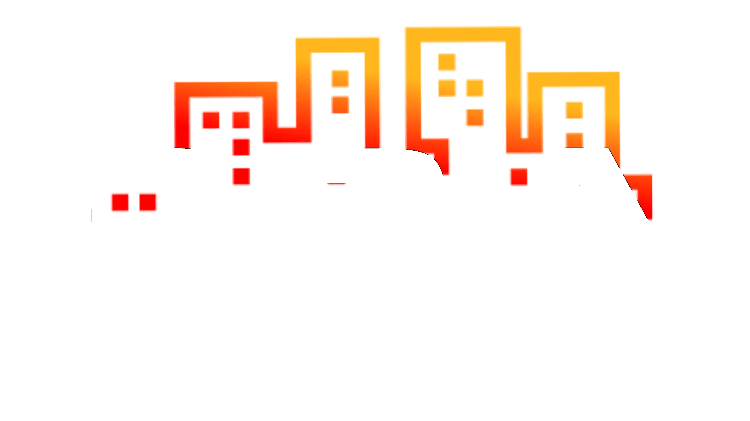Lately, I have had the pleasure of being invited on a number of business lunches. Some great company, venues and food.
As we approach financial year end here in Australia, this will become a very common occurrence for those in professional services, looking to cement relationships with clients and referrers alike, as well as build rapport with new prospects.
In the fast-paced world of professional services, time is a precious commodity. For professionals juggling multiple clients and projects, maximizing the efficiency of every meeting is crucial.
Lunch meetings in particular, offer a unique blend of casual and professional interactions. However, without proper planning, they can become time traps rather than productive engagements.
Here’s a list of dos and don’ts to ensure both the host’s and the client’s time are well spent and you respect the bandwidth of those in attendance.
Do’s
1. Do Set a Clear Agenda where possible
Purpose: Start with a clear purpose for the lunch meeting. Outline key discussion points and desired outcomes. Annual review, project review, feedback, introductions etc. If the lunch is merely a celebration, make sure that is clear to those giving their precious time.
Preparation:Where relevant, share the agenda with your guests beforehand to ensure all parties are on the same page.
2. Do Choose the Right Setting
Environment: Select a venue that is conducive to conversation, avoiding overly noisy or crowded places.
Convenience: Ensure the location is convenient for your client, minimizing travel time. Look for a venue that will be popular with all guests, rather than just your own personal favourite. I love hot & spicy cuisine but it doesn’t appeal to everyone.
3. Do Prioritize Key Topics
Focus: Begin with the most important topics to ensure they are covered even if the meeting runs short.
Efficiency: Use your agenda, even if it is only in your head to stay on track and avoid veering off into less relevant discussions.
4. Do Follow-Up
Action Items: Summarize the key points and agreed-upon action items at the end of the meeting.
Next Steps: Send a follow-up email detailing what was discussed and the next steps to maintain momentum.
Don’ts
1. Don’t Overbook Your Time
Buffer: Allow some buffer time before and after the meeting to avoid feeling rushed and to accommodate any unforeseen delays.
Punctuality: Being late or rushing out early can leave a negative impression and disrupt the flow of the meeting. Never a good look. Avoid.
2. Don’t Turn It into just a Social Event
Balance: While lunch meetings have a social element, avoid letting the conversation drift too much into personal topics. Rapport is paramount, but your guest should also receive some information of value.
Professionalism: Maintain a professional tone throughout to ensure the meeting stays productive. Drink less than your guest? Not everybody wants to turn lunch into a party. Many guests will need to return to the office, do a school run or make dinner at home.
3. Don’t Forget to Listen
Engagement: Engage in active listening to understand your client’s needs and concerns fully. As I have said many times before, you don’t learn anything whilst you are talking.
Dialogue: Ensure the meeting is a two-way conversation rather than a monologue, allowing your client to share their insights and feedback.
4. Don’t Ignore Body Language
Awareness: Pay attention to your client’s body language and non-verbal cues. Does anybody look like they have become detached at the end of the table?
Adjustment: Be ready to adjust your approach based on their comfort level and engagement. Ask questions to get any introverts into the conversation.
What Lunch Meetings Are Good For
Relationship Building: Lunch meetings are excellent for building and strengthening relationships with clients and referrers in a more relaxed setting.
Brainstorming: They provide a good opportunity for collaborative brainstorming sessions where a less formal environment can foster creativity.
Introductions: Introducing team members or new initiatives in a casual setting can make the information more digestible and the atmosphere more welcoming.
What Lunch Meetings Are Not Good For
Detailed Negotiations: Avoid getting into the nitty-gritty of contract details or intense negotiations, which are better suited for a more formal meeting.
Complex Presentations: Detailed presentations requiring full attention and minimal distractions should be reserved for office settings. Leave the presentation/capability statement for another occasion.
Sensitive Topics: Discussions involving sensitive or confidential information should be handled in a private and secure environment. No-one will welcome being asked to talk through this in earshot of others.
By following these guidelines, you can ensure that your lunch meetings are both efficient and productive, making the most of your valuable time and that of your key contacts.
More than anything, make sure all parties enjoy the experience including you!

